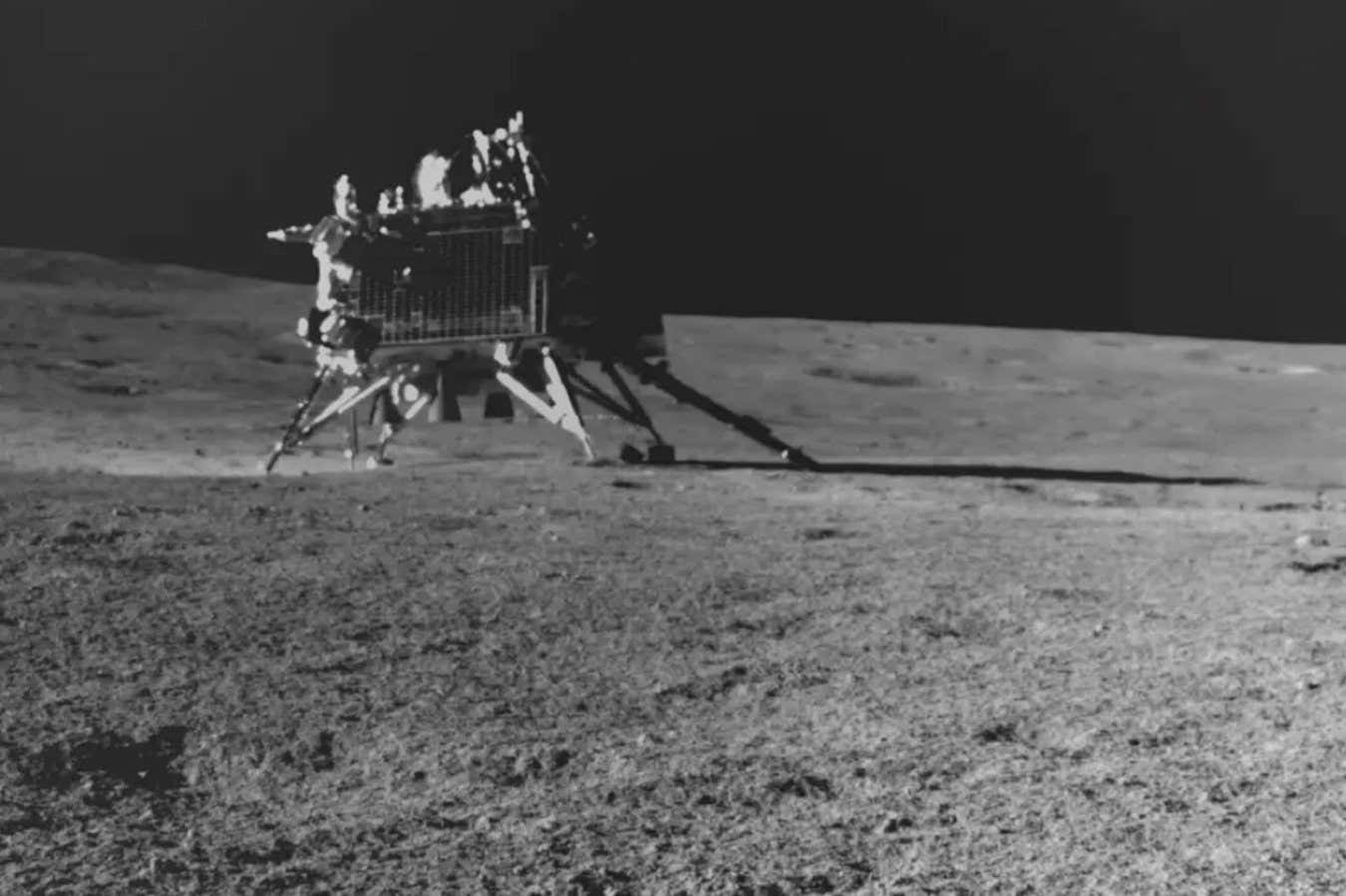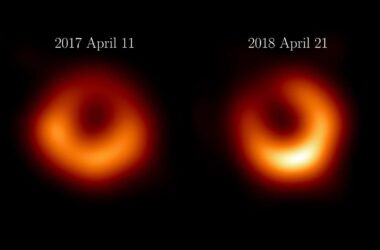The Indian Space Research Organisation (ISRO) is facing diminishing hopes of reestablishing communication with its Chandrayaan-3 moon lander and rover. Experts suspect that the spacecraft may have succumbed to extremely cold temperatures during the lunar night.
ISRO’s Vikram lander successfully touched down on the moon’s surface on August 23 and released the Pragyan rover. Both devices conducted their scientific experiments and transmitted data back to Earth, marking the mission as a success. However, after a period of lunar daylight, both devices entered “sleep mode” in preparation for the harsh conditions of the lunar night, where temperatures can reach as low as -238°C, potentially damaging their electronic components.
The lunar terminator, which is the line between night and day, passed over the Chandrayaan-3 landing site on September 22, exposing the craft to sunlight. This should have allowed them to utilize their solar panels to recharge their batteries and restart their onboard computers. However, there has been no sign of life from the spacecraft.
ISRO reported on September 22 that they were unsuccessful in establishing contact with the craft. Since then, they have not provided any further updates. Former ISRO chief A. S. Kiran Kumar stated that the chances of reawakening the devices are diminishing with each passing hour.
David Cullen, an expert at Cranfield University, believes that if the Vikram lander and Pragyan rover do not wake up, it should not be considered a failure. He explains that the Chandrayaan-3 mission was designed to achieve its objectives in a single lunar day. Designing spacecraft to survive the extreme temperature changes between lunar night and day involves adding radiation sources for warmth, but this also adds complexity, cost, and weight. Sometimes, it is more practical to design a leaner and simpler craft that can quickly complete its scientific mission before it gets destroyed by the cold nighttime temperatures.
Sarah Casewell from the University of Leicester adds that it is unlikely the craft will awaken at this point. However, she emphasizes that the mission should still be celebrated as a huge success for India’s relatively young space program.
Topics:








